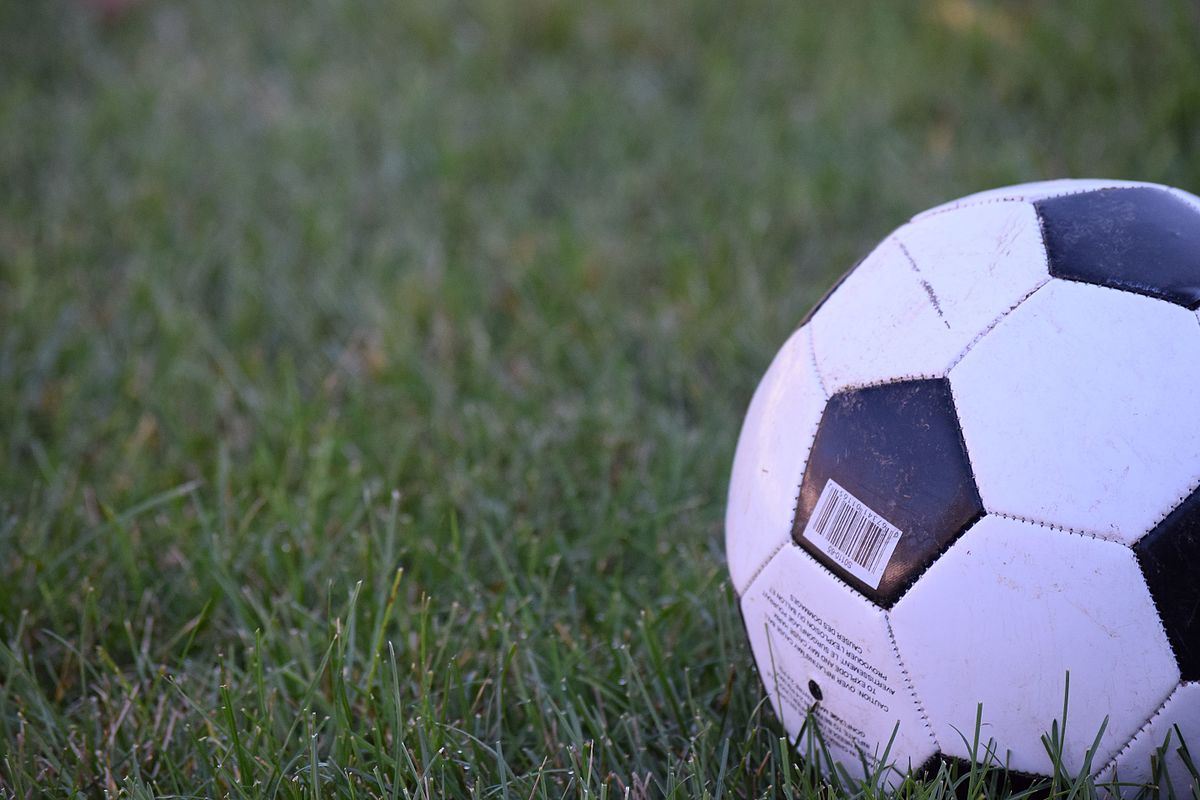
On June 3, 1997, Brazil’s Roberto Carlos stunned the world with the greatest free-kick in soccer history in a match against France.
The free-kick was taken from 35 yards out. It looked like his rasping strike, hit at 136.7 kph around the wall, was going to fly wide but then remarkably, the ball almost boomeranged back inside the post.
Fabien Barthez in the France goal didn’t even move and could only watch the ball fly in.
In 2015, he broke down his technique for his most famous goal. “I always struck set pieces on the valve because that’s the hardest part of the ball and you get more power,” he told FourFourTwo.
“I always kicked the ball from its bottom left to the top right, which helped it swerve,” he explained.
“I’ll always remember the advertising behind the goal,” he said. “I was aiming for the ‘A’ in La Poste, but when I hit the shot it was miles away from that – going towards a different advert!”
“The ball boy was diving out of the way of the shot, too. He should have had more confidence in me!” he remarked.
Gary Lineker, former England striker and BBC football commentator, said: “It was the most incredible free-kick I have ever seen. It was like a banana going down the road. It was simply unplayable.”
David Beckham, former England captain and one of the world’s best free-kickers, said: “It was an unbelievable free-kick. It was one of the best I have ever seen. Roberto Carlos was an incredible player and he had a fantastic ability to curl the ball.”
Pelé, widely regarded as the greatest footballer of all time, also commented on this, saying, “It was a magical free-kick. It was something that only Roberto Carlos could do. He was a genius with the ball at his feet.”
Scientists study the physics of the greatest free-kick
The physics behind Carlos’s free-kick was studied by a team of French scientists led by Christophe Clanet. They found that the ball’s curved trajectory was caused by the Magnus effect, a phenomenon that occurs when a spinning object moves through the air. The spinning ball creates a difference in air pressure on either side of the ball, which then causes it to curve.
Clanet and his team developed an equation to describe the trajectory of the ball, and they also found that the key to achieving such a curved shot is to kick the ball with a lot of power and spin, and to hit it at a specific angle.
Professor Luis Fernando Fontanari of the University of Sao Paulo could only reach the conclusion that it was a “miracle.”
“Although physics explain perfectly the ball’s trajectory,” he explained, “the conditions in that moment – such as the power of the kick, the point of impact of Roberto Carlos’s foot on the ball, and the distance to the goal – were so rare that we can call that a miracle.”
In 2019, Carlos recreated his famous free-kick against France.
Roberto Carlos casually recreating his famous free-kick against France! pic.twitter.com/jN9BytbmT9
— Photos of Football (@photosofootball) August 9, 2019
See all the latest news from Greece and the world at Greekreporter.com. Contact our newsroom to report an update or send your story, photos and videos. Follow GR on Google News and subscribe here to our daily email!



